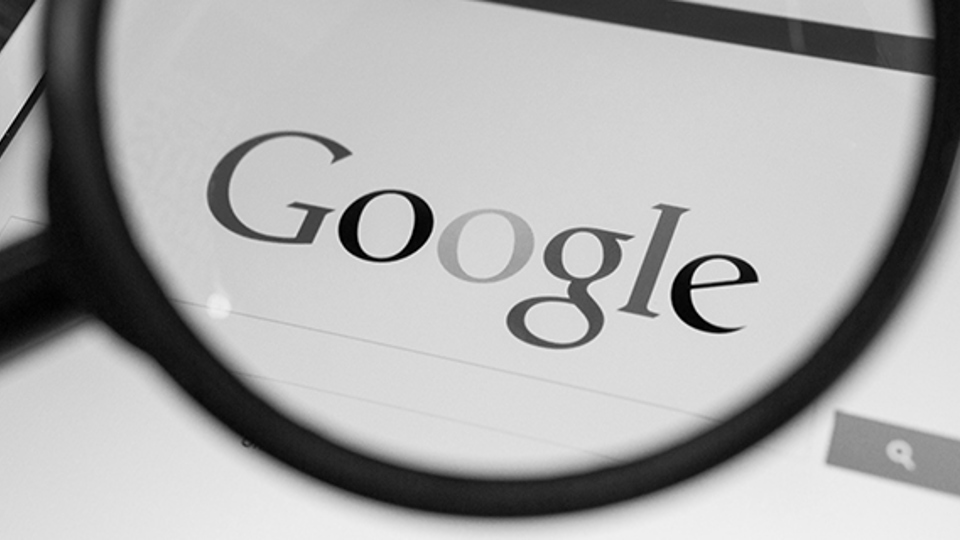Google finally amends Choice Screen remedy to prevent non-compliance proceedings in EU Android case
In a blog post on June 8, 2021, Google announced that it will implement far-reaching changes to its so-called Choice Screen displayed on Android devices in Europe.
Background
The Choice Screen was introduced after the European Commission’s Google Android antitrust decision on July 18, 2018 in which the Commission found that Google had, inter alia, abused its dominant positions in the markets for licensable smart mobile operating systems and for Android app stores by tying its search app and its Chrome browser (where the Google Search is the default search service) to the Play Store (Case AT.40099). With such conduct, Google granted Google Search an anti-competitive distribution advantage that rival general search service providers could not offset. The decision left it to Google to implement a mechanism that complies with the remedy imposed.
However, after the decision, Google had implemented a compliance mechanism where competing general search services had to participate in an auction to be displayed in the few available slots of the Choice Screen. Due to these and other limitations of the implemented framework, the chosen mechanism had little to no positive effect in the national markets for general search services in Europe up until now. Rivals, including Hausfeld client Qwant, harshly criticized Google’s non-compliance, arguing that the implemented changes did not effectively bring the identified abuse to an end and fell short of what the Commission had requested in comparable previous cases such as Microsoft (Tying) (Case AT.39530).
In particular, the chosen mechanism did not comply with the imposed remedy for the following reasons:
- A remedy that required competitors to pay for Google’s compliance (that is, make the abuse overall profitable) lacked any deterrence effect and thus ran counter to the principle of effective competition law enforcement (as a general principle of EU law).
- Until now, the Choice Screen was the opposite of genuine consumer choice. It only showed some of the available search services and led to a financial power play. Any search service not visible on this screen was virtually invisible for users. If a service intended to remain visible, it was coerced into the auction.
- This financial power play also stifled any alternative approach to general internet search: privacy driven search services (such as DuckDuckGo or Qwant) or search services with other social goals (such as Ecosia) could not effectively compete with purely profit-maximization-driven and data-exploiting search services such as Google Search. Thus, competitors with business models different than Google’s and new market entrants were excluded, by design, from the auction.
- Other weak points in the auction design included (i) a high financial risk because of an uncertain upfront investment and (ii) one-time (“lifetime”) payments per user instead of revenue sharing agreements that make rivals pay only for active users. In addition, the auction provided competitively sensitive information to Google (that is, competitors’ valuation of users).
- Google syndication partners (that is, search providers who show Google’s own search results and search ads) could also participate. Google syndication partners were able to make higher bids than real competitors (in particular, Google could cross-subsidize their participation with benefits under their revenue sharing agreements).
Notably, Google’s Choice Screen fell short of Microsoft’s browser choice remedy (i.e. the commitments proposal in the 2009 proceedings, so-called “Browser Ballot Screen”). Microsoft’s proposal, which was made binding by Commission decision, was arguably the benchmark also in the present case, as the Commission had to assess and establish its proportionality (that is, no equally efficient but less onerous remedy was available to remedy the identified abuse):
- Microsoft had to offer access to the Browser Ballot Screen for free. Arguably, the Commission would not have accepted any commitment where competitors would have had to pay for inclusion. Also, the Browser Ballot Screen was merely based on relevance of the available browsers.
- There was no artificial scarcity, as Microsoft included up to 12 different browsers as options in the choice screen (whereas Google only allowed three competitors per country until now). Such artificial scarcity influenced the auction as it made oversubscription more likely and created additional barriers to entry and expansion instead of ensuring genuine consumer choice.
Significance
The changes to the Choice Screen compliance mechanism address the most pressing concerns. After nearly three years of discussions with the European Commission on Google’s failure to comply with the Google Android decision (including trialogue meetings between the Commission, Google, and affected competitors), Google announced, inter alia, the following major changes as of September 2021:
- Free participation of general search services in the Choice Screen remedy, i.e. an end to the auction mechanism;
- Objective criteria for the inclusion of up to 12 general search services in the Choice Screen, i.e. no more artificial shortening of the list of possible choices – and Google Search has to fulfill the same participation criteria;
- No possibility for the participation of (fake) search engines that merely syndicate search results and ads from Google;
- Google pledged not to collect search data via the third-party search services.
Hausfeld advised and represented the industry associations BDZV, VDZ, and the Open Internet Project during the Commission proceedings that led to the Google Android decision and has since advised the French general search service Qwant and a number of other search services and stakeholders on questions related to Google’s (non-)compliance with the remedy imposed. In addition, Hausfeld represents BDZV, VDZ and Qwant before the General Court of the European Union as interveners on the Commission’s side in Google’s appeal against the decision.




